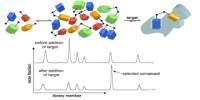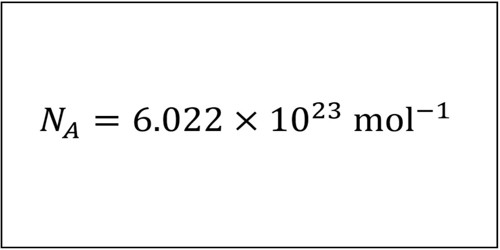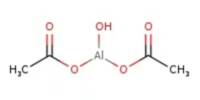A quicker and less expensive method for generating hindered amines, a class of compounds used as building blocks in goods ranging from medicines and agrochemicals to detergents and organic light emitting diodes, has been created by researchers at North Carolina State University.
“Hindered amines are used in a tremendous variety of products, but all of the existing techniques for producing these amines are complicated and expensive,” says Milad Abolhasani, corresponding author of a paper on the new technique and an associate professor of chemical and biomolecular engineering at NC State. “We set out to develop a better method for synthesizing these hindered amines, and we were successful.”
An amine is often a functional group with a lone pair on the nitrogen atom. Amines structurally mimic ammonia, where nitrogen can link with up to three hydrogen atoms. It is also defined by a number of carbon connectivity-based features.
Chemically speaking, amines are categorized based on how many carbon atoms are located next to the nitrogen. One of the three hydrogen atoms in ammonia is swapped out for an alkyl or aromatic group in primary amines.
Hydroaminomethylation, or HAM, is one of the less expensive processes for making hindered amines. However, the chemical industry has mostly refrained from employing HAM because there are too many potential pitfalls that could result in undesired chemicals being produced instead of the functionalized amines that the makers were seeking.
Over time, researchers have enhanced the HAM procedure. However, all of the methods for preventing undesired byproducts have resulted in the HAM process taking hours to complete all of the required reactions; Until now.
Of vital metabolic and physiological processes in living things, amino acids play a role. For cell division, growth, renewal, and metabolism, polyamines are necessary. They control the permeability and stability of cellular membranes and are involved in almost every step of the creation of DNA, RNA, and proteins.
We’ve developed a HAM technique that makes use of continuous flow reactor technologies to produce hindered amines more efficiently. Our HAM process takes less than 30 minutes in most cases. The only products are hindered amines and water. And we are able to recycle the primary catalyst, rhodium/N-Xantphos, which further drives down costs.
Milad Abolhasani
Amines are employed in the production of medicines, the creation of insecticides, and pesticides. Additionally, it contributes to the synthesis of amino acids, which serve as the building blocks of proteins.
“We’ve developed a HAM technique that makes use of continuous flow reactor technologies to produce hindered amines more efficiently,” Abolhasani says. “Our HAM process takes less than 30 minutes in most cases. The only products are hindered amines and water. And we are able to recycle the primary catalyst, rhodium/N-Xantphos, which further drives down costs.”
Two factors contribute to the new technique’s success. First, the researchers were able to greatly improve the reaction’s kinetics by employing a continuous flow reactor that enables the continuous flow of both gases and liquids in a segmented flow arrangement.
Second, the new method uses fluorinated benzoic acid as a co-catalyst, which lowers the energy required to carry out some of the key reactions in the HAM process.
In the end, this method lowers the cost of manufacturing hindered amines using affordable feedstock, enabling users to create them more quickly and without releasing any harmful byproducts.
“By designing a cooperative catalyst system, we’ve demonstrated that the rate of the HAM reactions in our system can be 70 times higher than the existing state-of-the-art processes,” says Malek Ibrahim, first author of the paper and a former postdoctoral researcher at NC State.
“This process is also a good example for how flow chemistry platforms can improve catalyst turnover frequency, which is increasingly important as the price of rhodium catalysts goes up.”
The new method is especially appealing for decentralized manufacturing operations since it enables users to effectively generate hindered amines on-site and on-demand thanks to the tiny footprint of the required equipment and its scalability.
“What’s more, the same technique can also be used to produce enamines which are other chemical building blocks on demand, simply by tuning the solvents we use in the flow reactor,” Ibrahim says.
“You can literally switch back and forth between producing amines and enamines without having to stop the production process since the only thing you’re changing is the solvent mixture.”
The researchers are seeking industrial partners to use the new technology and have submitted a provisional patent application for it. NC State provided start-up funds for the project.
















